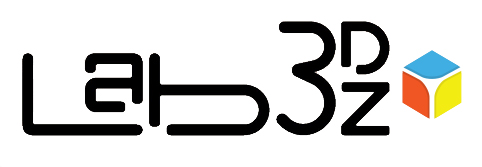Digital manufacturing
The word digital Manufacture refers to the process through which it is possible to create three-dimensional oggettisolidi and starting from digital drawings, processed by modeling software, or any other information obtained with different data acquisition techniques. This process is widely used for the rapid creation of models and prototypes, can take advantage of different manufacturing techniques both additive (such as 3D printing), both subtractive such as laser cutting and milling.
So with the term additive Manufacture it is generically defined as that set of processes that create an object by building it layer by layer, generally of a thickness on the order of tenths of a millimeter by adding material on the already added previously material, compared to traditionally known machining such as milling, molding and forming or even recently introduced as it can be laser cutting, instead based on subtractive machining processes.
Excluding the short time required for the preparation of the production cycle and rapid cleaning of the part at the end of the process, with the digital fabrication is passed directly from CAD data to the final part, allowing the elimination of the normally required with traditional methods operations, cutting times, labor costs or extraneous to the manufacturing process.
Over the past 20 years, the field of use of the additive manufacturing technology is released from the recess of the rapid prototyping establishing itself as a true and proper production solution.
The digital fabrication is therefore a process, not a technology, and can be carried out with various techniques that have different capabilities and functionality. Whatever the technology, digital manufacturing provides powerful advantages over traditional methods of putting more emphasis on the potential of a more simple and rapid design and drastically reducing the investment in production equipment for custom objects even with reduced production volumes.
In essence, all this translates into efficiency, flexibility, short lead times and greater economy, as well as to possess environmental protection characteristics given that the production of scraps in the additive manufacturing is practically nil since it is used only the necessary material. The majority of additive processes not involving the use of harmful chemicals and also requires a relatively small amount of electricity, which represents a further advantage for the environment.
Digital manufacturing has a virtually unlimited opportunities from the truly enormous potential range, equal to the wide choice of technologies and materials.
THE 3D MODELING
From the idea to the model
The 3D scanning and reverse engineering
The reality in digital 3d Printing
The form of creativity Lab3dz provides a highly professional service:
“We give shape to your ideas and help you to realize them.“
